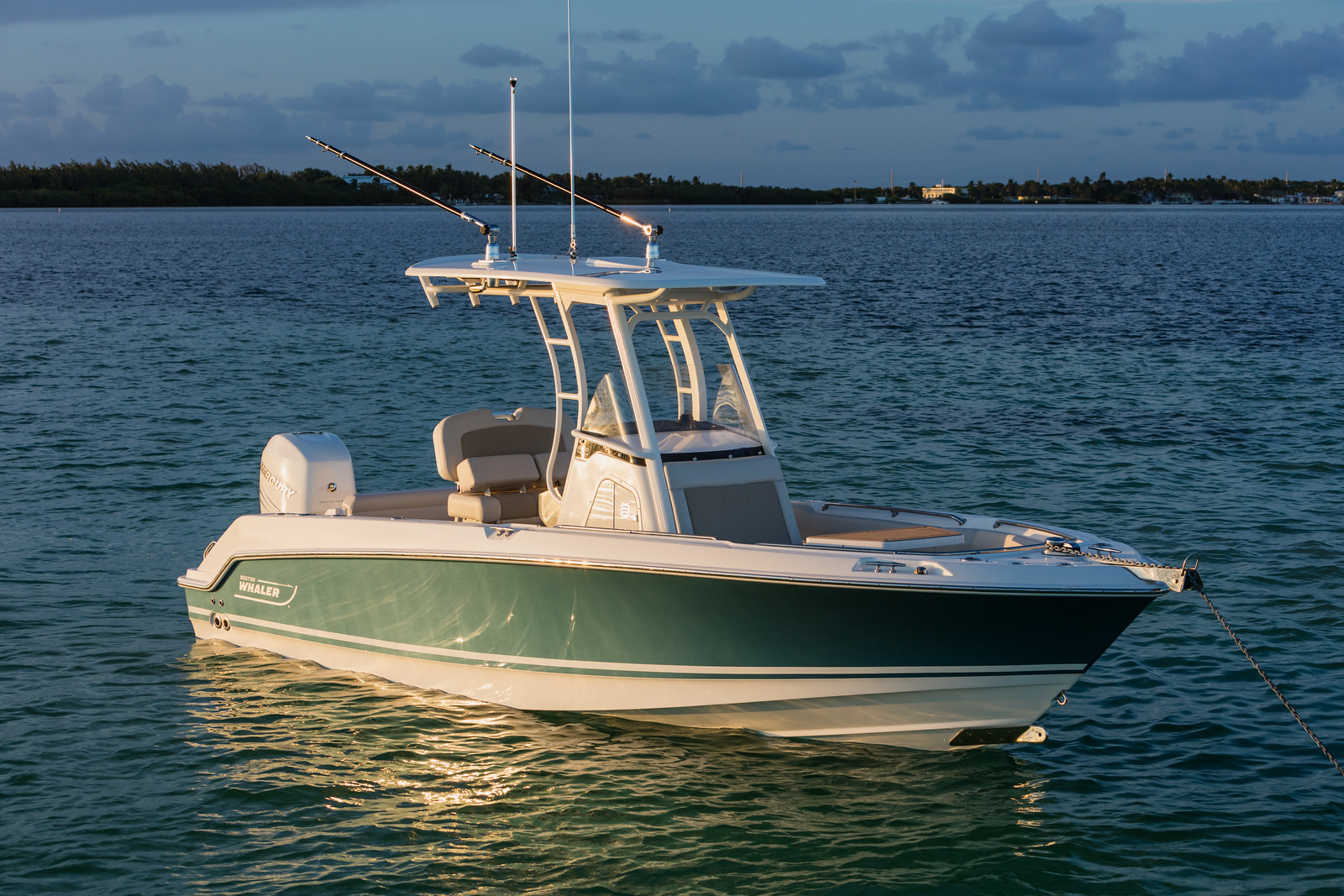Buying a pre-owned fishing boat can be one of the smartest moves an angler makes. Not only can you save money compared to purchasing new, but you also get the opportunity to own a boat that’s already proven itself on the water. Still, shopping for a used boat requires careful research and a clear understanding of what to look for. This guide breaks down the essentials so you can make a confident, informed purchase.
Why Buy Pre-Owned?
The biggest advantage is cost savings—used boats often come with a significantly lower price tag than their brand-new counterparts. Depreciation hits hardest in the first few years, meaning you can often find a lightly used fishing boat with modern features for a fraction of the cost. Beyond that, pre-owned boats typically come with added gear like rod holders, electronics, or upgraded trolling motors that the previous owner installed, which adds value to your purchase.
Step 1: Define Your Needs
Before browsing listings, take time to clarify your fishing style. Do you primarily fish in lakes, rivers, or offshore? Are you targeting bass, walleye, or saltwater species? Your intended use will determine the type and size of boat you need. For instance, a bass boat will differ significantly from an offshore center console in terms of layout, motor power, and stability.
Step 2: Do Your Research
Spend time reviewing different makes and models that fit your fishing needs and budget. Look into manufacturer reputation, resale value, and common maintenance issues. Online forums, boating magazines, and dealership blogs can give you a sense of what to expect from certain brands.
Step 3: Inspect the Hull and Structure
The hull is the foundation of your boat—any major damage here can be a dealbreaker. Walk around the boat and check for cracks, blisters, soft spots, or repairs. A solid hull ensures safety and performance on the water. If possible, hire a marine surveyor to give the boat a professional inspection before committing.
Step 4: Check the Engine and Mechanical Systems
Engines are often the most expensive part of a boat. Ask for maintenance records, and pay attention to hours logged on the motor. Turn it on, listen for unusual noises, and observe how it idles and accelerates. Don’t forget to inspect steering, trim, electrical systems, and bilge pumps—all are critical for safe, smooth operation.
Step 5: Review the Electronics and Accessories
Most fishing boats come equipped with gear like GPS, fish finders, livewells, and trolling motors. Confirm that everything works properly. Replacing these items can add up quickly, so it’s important to factor them into the overall value.
Step 6: Take It for a Test Drive
Just like you wouldn’t buy a car without a test drive, you shouldn’t buy a fishing boat without a sea trial. Get it on the water and see how it handles at different speeds, how quickly it planes, and how it feels in turns or choppy water. This is your chance to experience its real performance.
Step 7: Understand the Paperwork
Make sure the boat has a clean title and that there are no outstanding loans or liens. Review registration documents, warranty transfers (if available), and trailer paperwork if one is included. Clear documentation ensures you won’t face headaches later.
Step 8: Budget Beyond the Purchase
Owning a boat involves ongoing costs such as insurance, maintenance, fuel, storage, and accessories. Create a budget that factors in these long-term expenses so you aren’t caught off guard.
Final Thoughts
Buying a pre-owned fishing boat doesn’t have to be overwhelming. By taking the time to assess your needs, carefully inspect the boat, and ask the right questions, you can land a vessel that’s reliable, well-suited to your fishing adventures, and priced within your budget. The reward? More time on the water, doing what you love—without breaking the bank.




